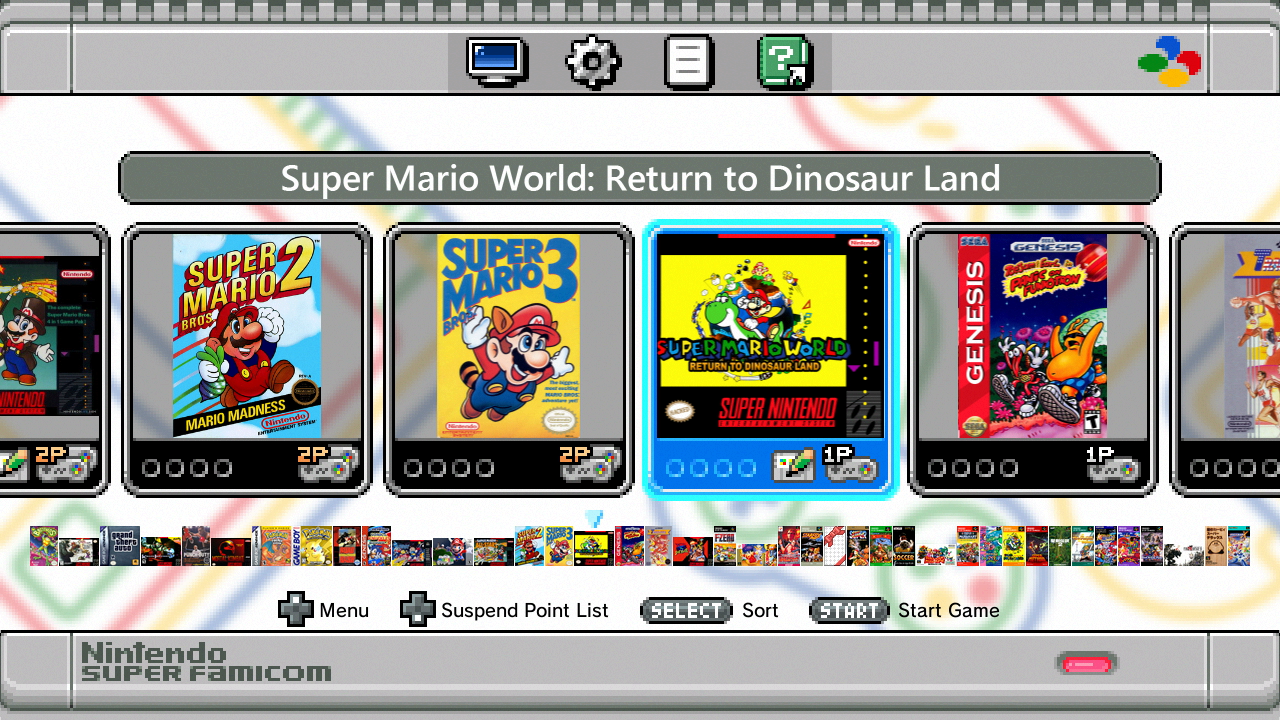



Once that’s done, click Synchronize and it’ll then tell you it needs to flash the custom kernel (if it didn’t automatically start doing that right after the stock kernel was saved).After a few seconds let go of the Reset button and click install driver in the prompt on the computer and wait for that and it’ll backup the current kernel.Make sure the Power button on the NES is set to off and then plug it in via the included USB cable to your computer then hold the Reset button and press the Power button.Click Synchronize, and it’ll ask you to first dump the original kernel image (which it only needs to do once and will also use this to backup the NES so you can always get back to normal).Extract the Hakchi program and open the exe file.Download the Hakchi v2 from the developer’s page here and save it to your desktop.To get started though, simply plug in the Classic via USB to your Windows computer (has to be Windows as the tool only works for Windows).


 0 kommentar(er)
0 kommentar(er)
